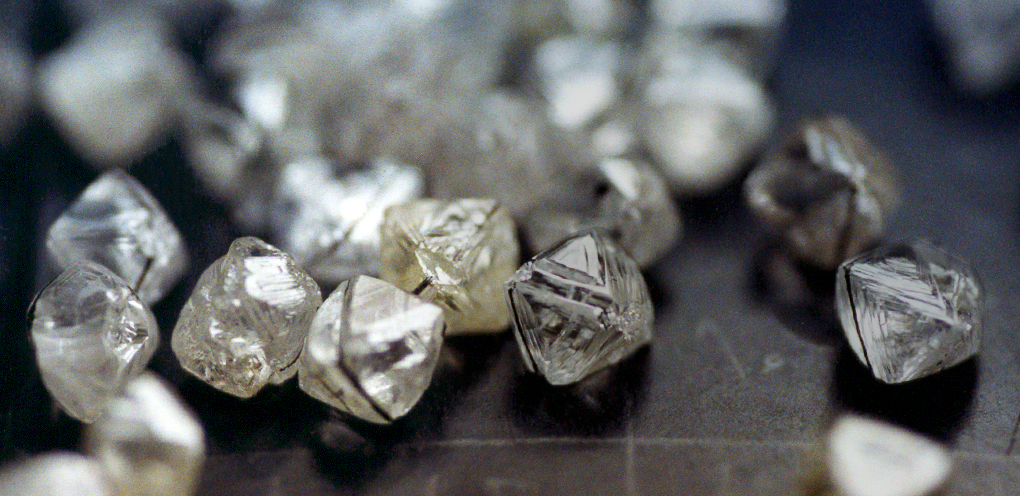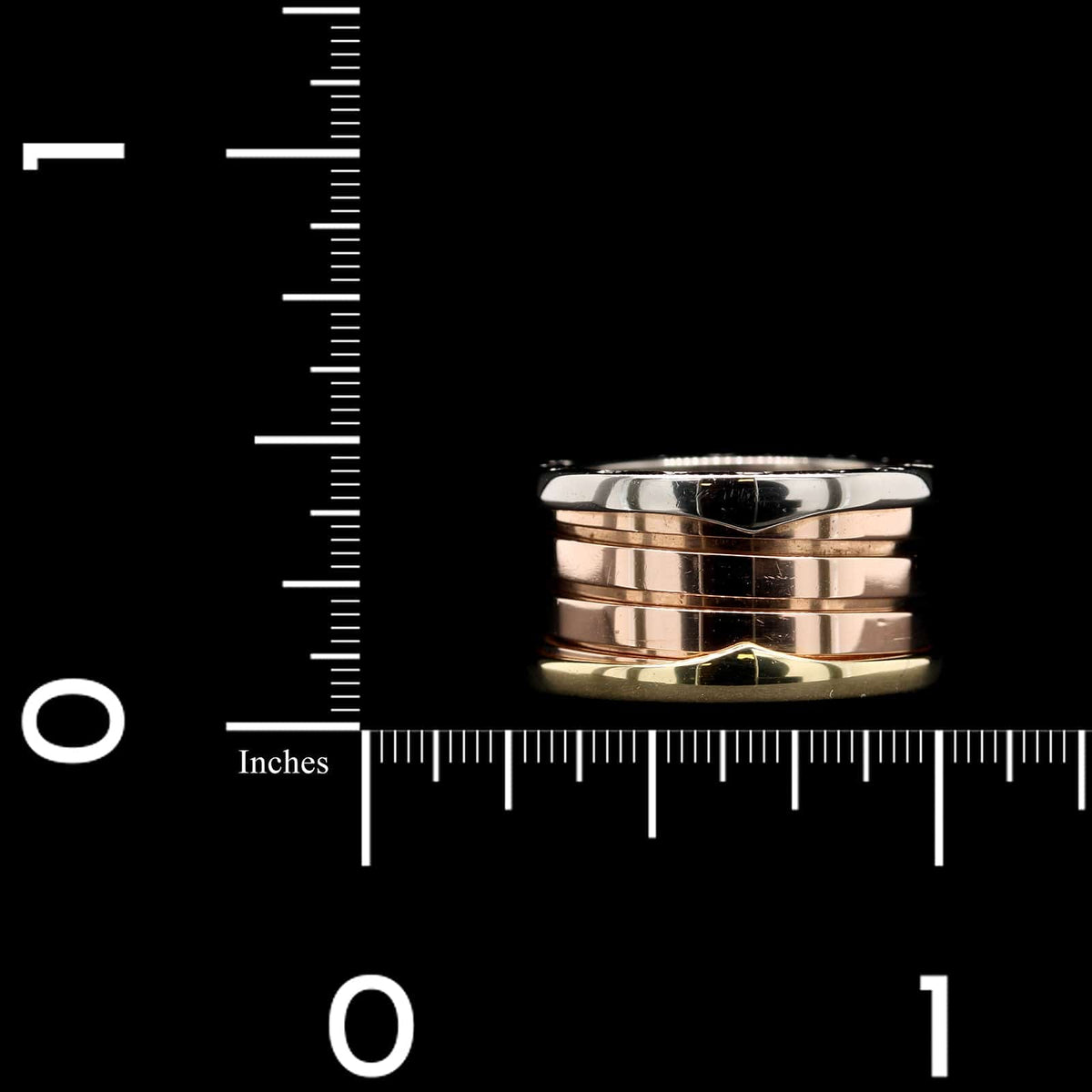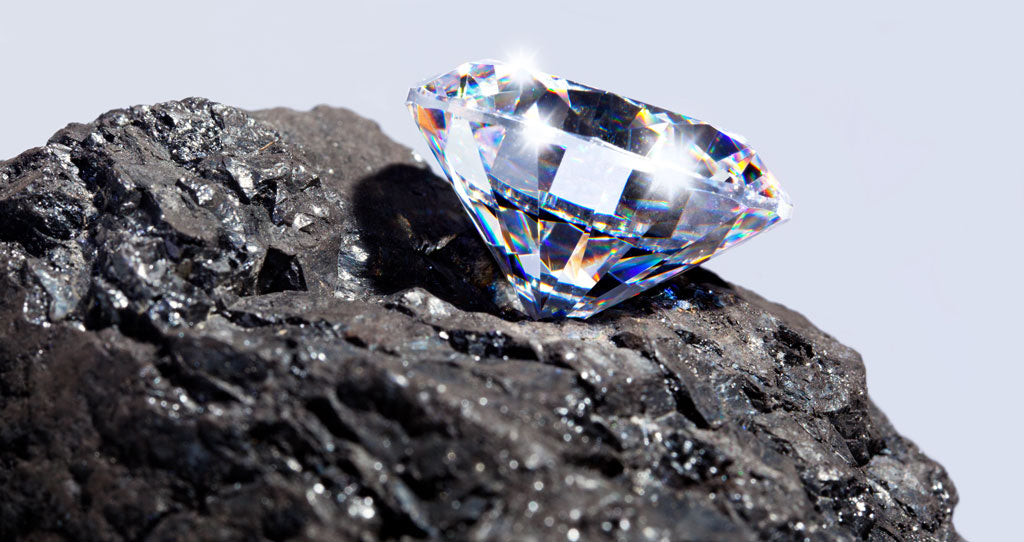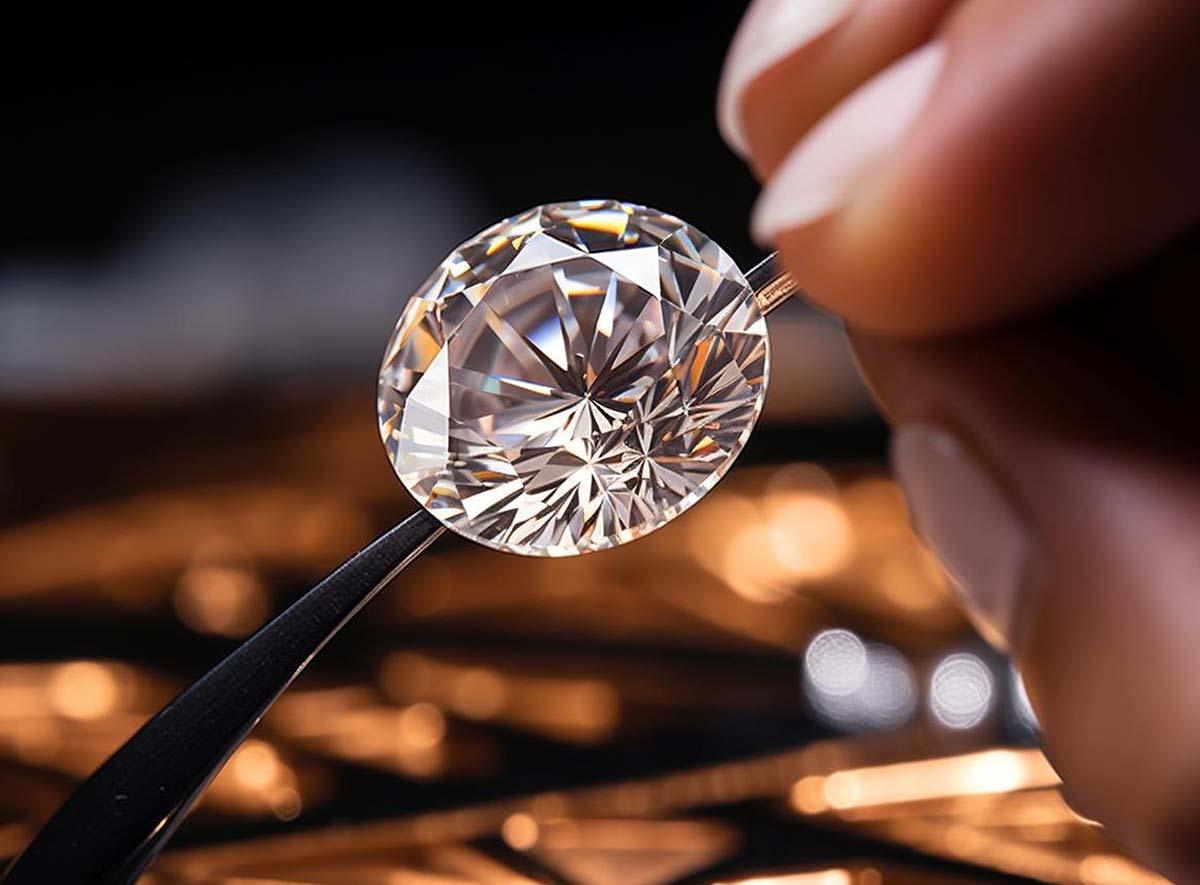In an era where sustainability and ethical sourcing are increasingly becoming priorities for consumers and businesses alike, the recycled gold in the jewellery industry is undergoing a significant transformation. One of the key developments within this shift is the adoption of recycled gold as a viable and responsible alternative to newly mined gold. This trend not only addresses environmental concerns associated with mining but also meets the growing demand for ethically sourced materials.
The Environmental Impact of Gold Mining
Gold mining, while historically lucrative, is notorious for its environmental impact. The process typically involves extensive excavation, use of toxic chemicals like cyanide, and disruption of ecosystems. These activities contribute to deforestation, water pollution, and habitat destruction, posing significant threats to biodiversity and local communities.
The Rise of Recycled Gold
Recycled gold presents a compelling solution to these environmental and social challenges. This type of gold is sourced from various post-consumer and post-industrial sources, such as old jewellery, electronics, and industrial by-products. The process involves refining and purifying scrap gold to extract pure gold, which is then used to create new jewellery pieces.
Benefits of Recycled Gold
1. Environmental Conservation:
Reduced Carbon Footprint: Recycling gold requires significantly less energy and generates fewer carbon emissions compared to mining new gold.
Preservation of Natural Resources: By reducing the demand for newly mined gold, recycled gold helps conserve precious natural resources.
2. Ethical Sourcing:
Conflict-Free: Recycled gold eliminates the risk of supporting unethical mining practices, including those associated with conflict minerals.
Transparency: Jewellers can provide traceability and assurance to consumers regarding the origins of their materials, promoting trust and accountability.
3. Economic Benefits:
Circular Economy: Recycling gold supports a circular economy model where materials are reused and recycled, reducing waste and promoting sustainability.
Cost Efficiency: Using recycled gold can also be economically advantageous as it mitigates price volatility associated with newly mined gold.
Challenges and Considerations
While the adoption of recycled gold is growing, it is not without challenges:
Supply Chain Complexity: Ensuring a consistent supply of recycled gold can be challenging due to varying sources and quality.
Consumer Awareness: Educating consumers about the benefits of recycled gold and its equivalency in quality to newly mined gold is crucial for wider adoption.
Technological Advancements: Continued innovation in refining technologies is necessary to improve efficiency and reduce the environmental footprint of gold recycling processes.
Future Outlook
As consumer awareness of environmental and ethical issues continues to rise, the demand for recycled gold is expected to grow. Jewellers, designers, and manufacturers are increasingly integrating recycled gold into their collections, reflecting a commitment to sustainability and responsible business practices.
Conclusion
Recycled gold represents a promising evolution within the lab diamonds industry, aligning with global efforts towards sustainability and ethical responsibility. By choosing recycled gold, consumers can make a positive impact on the environment and support a more sustainable future for generations to come. As the industry continues to innovate and educate, recycled gold is poised to become not just a trend but a standard in responsible jewellery production.
















 Greetings! I'm Richard Black, an accomplished and versatile freelance professional with a passion for delivering top-tier solutions to clients worldwide. With a diverse background and years of experience, I've honed my skills and am committed to helping individuals and businesses achieve their goals.
Greetings! I'm Richard Black, an accomplished and versatile freelance professional with a passion for delivering top-tier solutions to clients worldwide. With a diverse background and years of experience, I've honed my skills and am committed to helping individuals and businesses achieve their goals.



